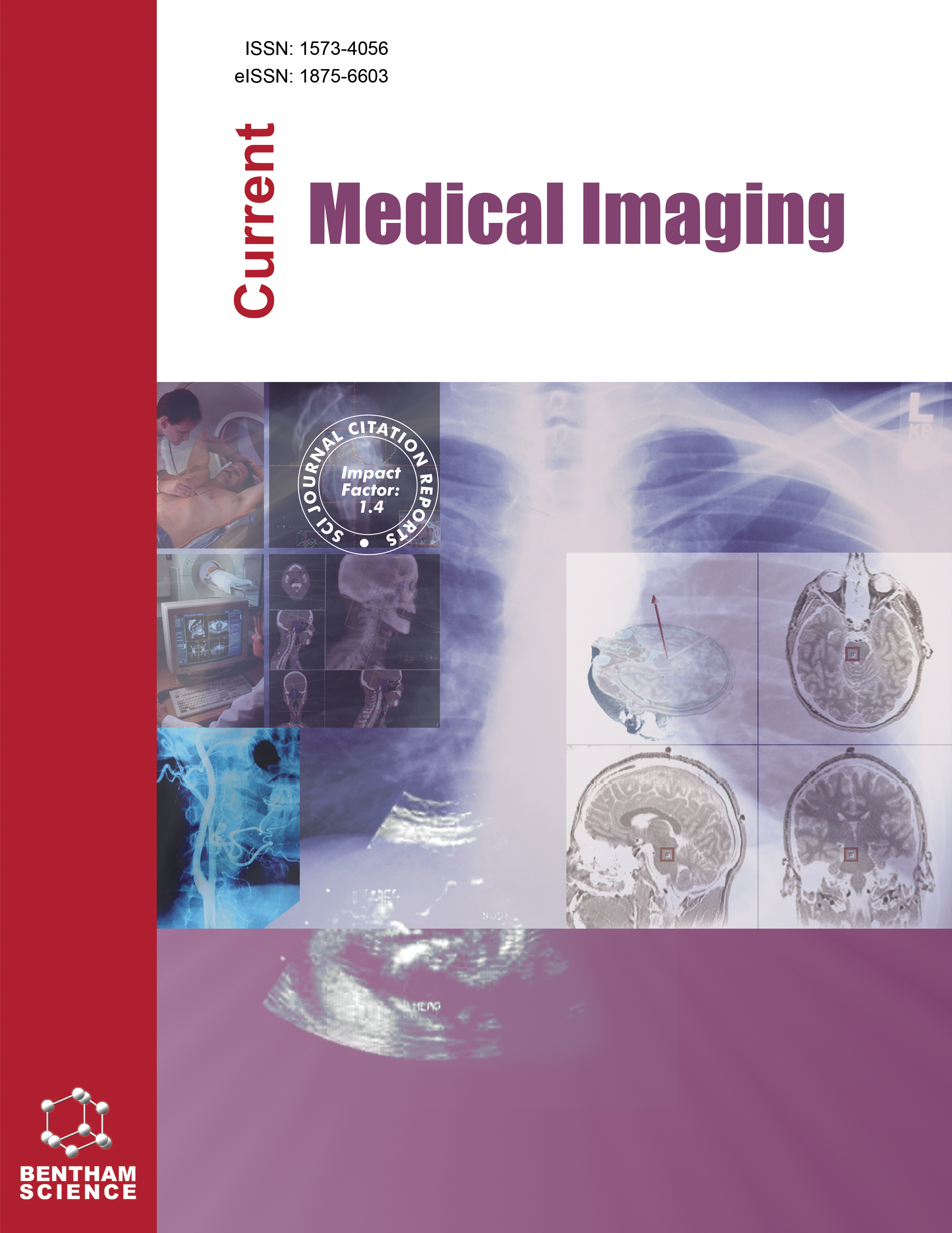-
oa Comparative Study of CT and MR Guided Microwave Ablation in the Treatment of Para-vascular VX2 Liver Tumor Model in Rabbits
- Source: Current Medical Imaging, Volume 20, Issue 1, Jan 2024, E080923220823
-
- 28 Feb 2023
- 28 Jul 2023
- 01 Jan 2024
Abstract
To analyze the efficacy of microwave ablation (MWA) guided by computed tomography (CT) and 1.5T magnetic resonance (MR) in the treatment of VX2 para-vascular liver tumor model in rabbits.
Sixty para-vascular VX2 liver tumor models in rabbits were randomly divided into CT-guided microwave ablation group (CT group, n=35) and MR-guided microwave ablation group (MR group, n=35). The complete ablation rate, mean operation time, postoperative complication rate and mean survival time were compared between the two groups.
In the CT group, the rate of complete ablation was 68.6% (24/35), and the mean operation time was 42.1 ± 9.7 minutes. Three cases had ascites and one case had abdominal wall injury. In the MR group, the rate of complete ablation was 94.2% (33/35), and the mean operation time was 53.4 ± 10.9 minutes. One case was complicated with ascites. No serious complications such as pneumothorax, liver abscess, pleural effusion and diaphragm perforation were found in both groups. Between the two groups, the difference in complete ablation rate was statistically significant (P=0.006 < 0.05). A statistically significant difference can also be found in mean operation time (P < 0.01). The follow-up time was 21 days after the operation. As for the postoperative complication rate (11.4% in the CT group and 2.9% in the MR group, P=0.353) and mean survival time (16.9 ± 1.8 days in CT group, 18.3 ± 2.3 days in the MR group, P=0.925), the differences were not statistically significant.
Compared with CT guidance, although the microwave ablation time under MR guidance was longer, the complete ablation rate under MR guidance was high, which proved that MR guidance was a more effective way of microwave ablation guidance and was worth promoting in the clinic. In this experiment, the postoperative complication rate was lower in the MR group, although the difference was not statistically significant, which may be related to the small sample size, and the subsequent study on the postoperative complication rate can increase the sample content.


